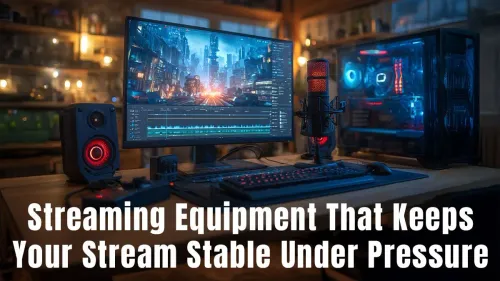
Stable Streaming Gear
Discover top-tier streaming equipment that ensures flawless performance. 🔧 Boost your stream stability with our expert-tested picks! 💻⚡️
-Explain benefits -Show data-driven gains -Compare Hz rates -Guide settings 8kHz polling rate improves aim and reduces input lag for competitive gaming, delivering smoother tracking and tighter micro-adjustments 🎯🖱️

You’re in a 1v1 clutch on Anubis. The enemy peeks, you react... but your input feels a fraction of a second behind. In the hyper-competitive world of South African gaming servers, that tiny delay is the difference between a round win and a frustrating loss. This is where an 8kHz polling rate enters the chat, promising to shave off precious milliseconds and sharpen your aim when it matters most. But is it just marketing hype? 🚀

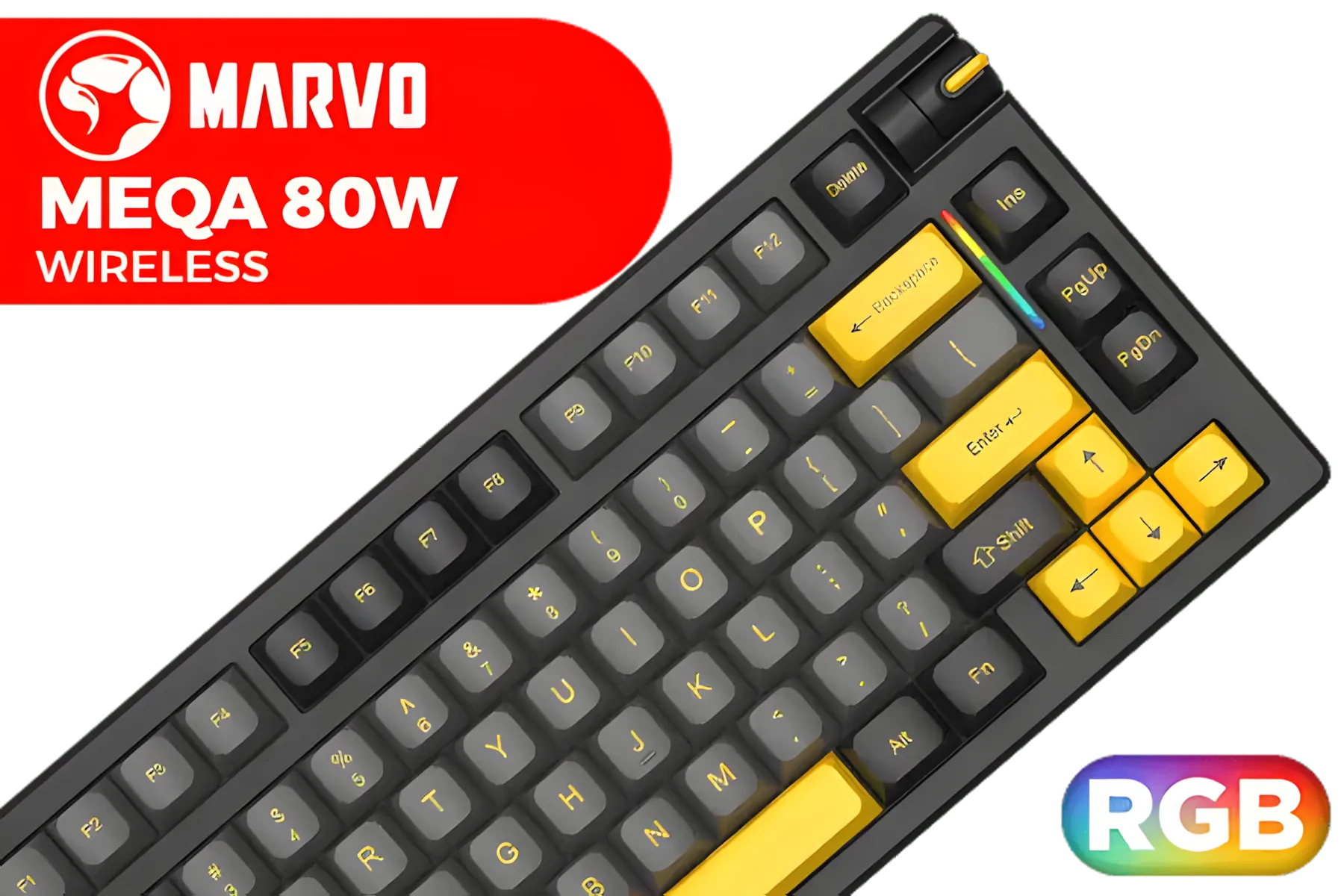
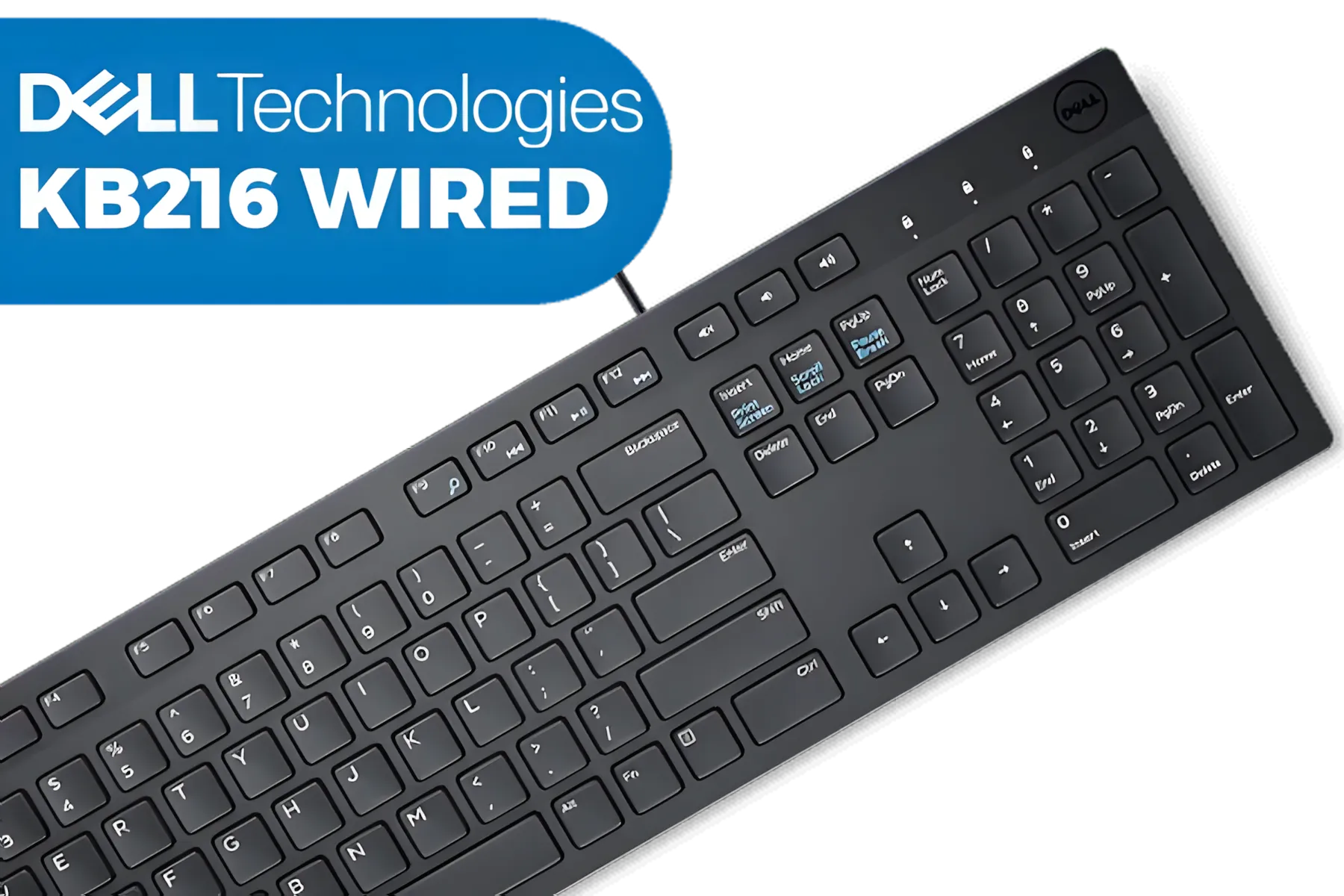


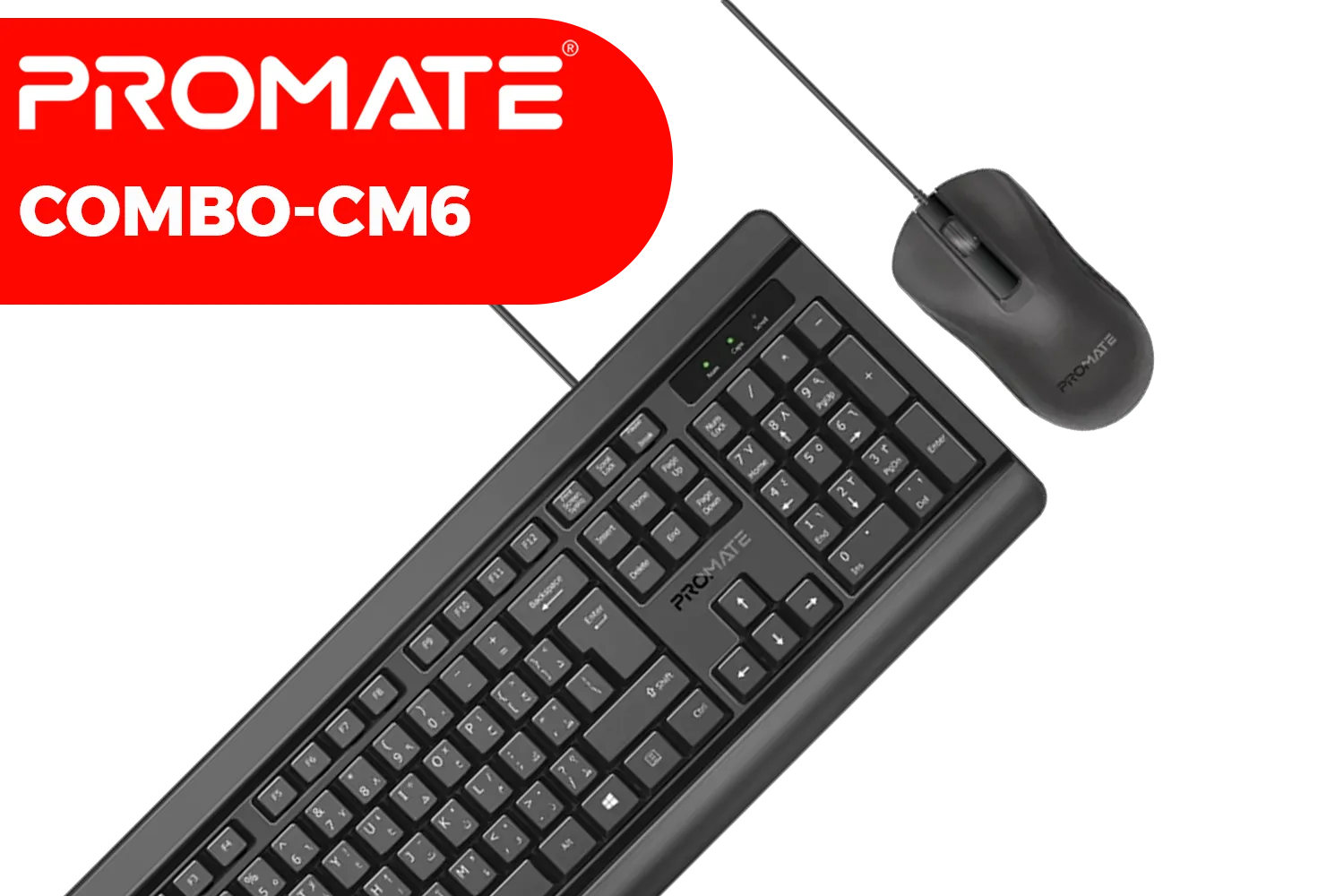
So, what exactly is a polling rate? Think of it as how often your keyboard or mouse reports its position and key presses to your computer. For years, the standard has been 1000Hz, meaning your gear sends an update every 1 millisecond (ms).
An 8kHz polling rate, or 8000Hz, boosts this communication speed eightfold. It sends an update every 0.125 milliseconds. While the difference between 1ms and 0.125ms seems microscopic, it can translate into noticeably smoother cursor movement and a more "connected" feel, especially on high-refresh-rate monitors.
For the dedicated competitive player, the answer is a subtle but firm yes. The primary benefit of an 8kHz polling rate enhances precision by reducing the time between your physical action and the game's response. This is often called "click latency" or "motion latency."
Imagine you're tracking a fast-moving opponent in Apex Legends. With 8000 reports per second, your crosshair's on-screen movement more accurately mirrors your hand's movement, eliminating tiny micro-stutters you might not even consciously notice with a 1000Hz device. It's not about making you a better player overnight; it's about removing a technical barrier to your own reaction time. Exploring the latest gaming keyboards is the first step to seeing what this tech can do for you.
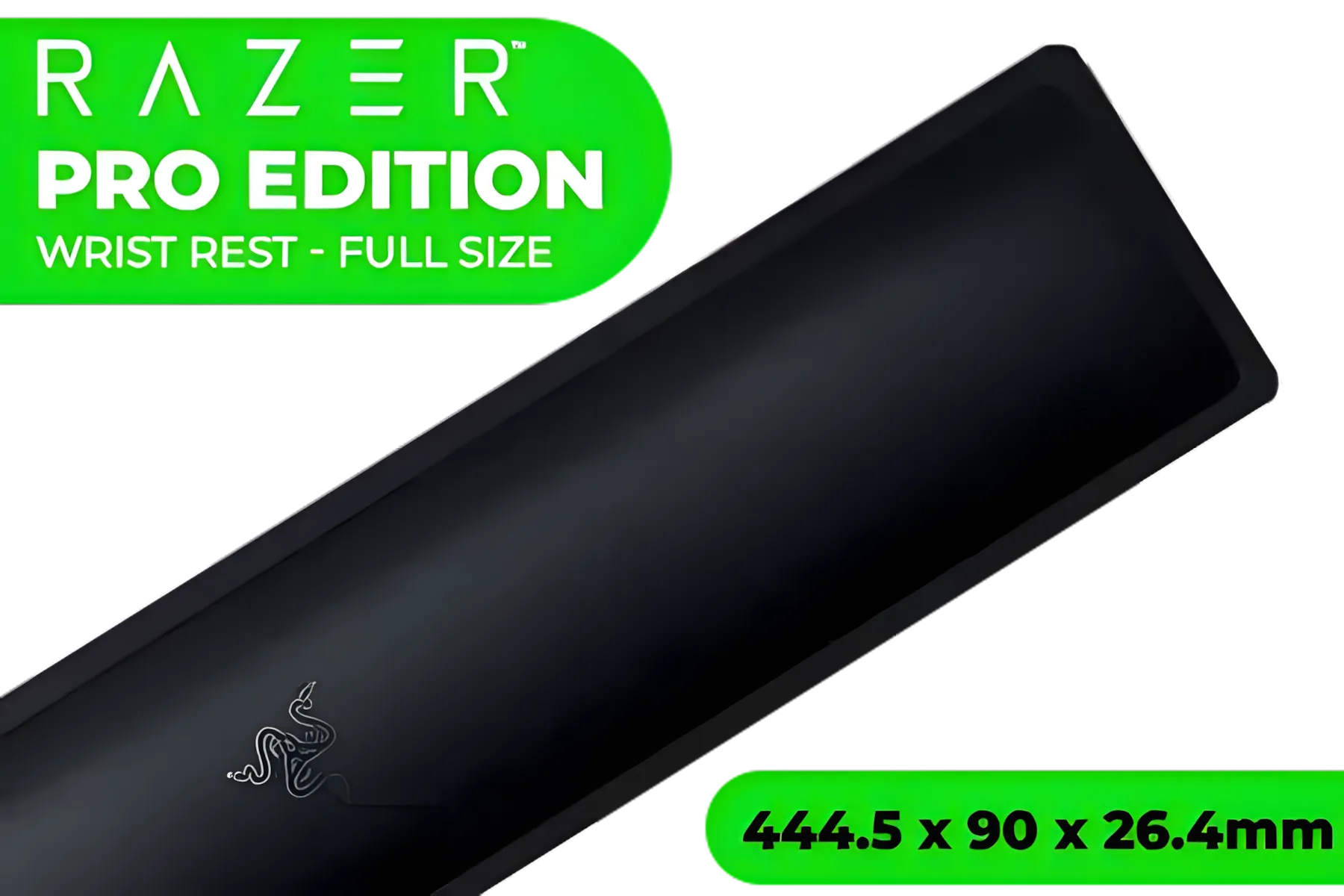





Let's be real... this technology isn't for everyone. If you primarily enjoy single-player RPGs or strategy games, the benefits will be almost impossible to perceive.
However, if you live and breathe fast-paced, competitive shooters, this tech is designed for you. Players who invest thousands of Rands in 240Hz+ monitors and high-end graphics cards are precisely the audience who will benefit from the marginal gains an 8kHz polling rate provides. It's the final piece of the puzzle for an ultra-responsive setup, often found in premium RGB gaming keyboards that combine elite performance with stunning aesthetics. ✨
all games are optimised to take full advantage of polling rates above 1000Hz. Esports titles like Valorant, CS:GO, and Overwatch generally see the most benefit. Before you buy, do a quick search to see if your favourite game's engine properly supports an 8kHz polling rate for the smoothest experience.
There is one small consideration: CPU usage. Sending 8,000 updates per second requires more processing power than sending 1,000. For any modern gaming PC built in the last few years, this increase is negligible and won't impact your frame rate. However, if you're running on an older dual-core or quad-core CPU, you might notice a slight performance hit.






This is why the most reliable high-polling peripherals are often wired gaming keyboards, as they guarantee a stable connection without the complexities of wireless transmission. While some cutting-edge wireless models are starting to feature higher polling rates, a wired connection remains the undisputed king for absolute competitive stability.
The verdict? An 8kHz polling rate is a specialist feature for the serious competitor seeking every possible advantage. It’s a testament to how far gaming hardware has come, offering a level of responsiveness that was once unthinkable.
Ready to Feel the Speed? The right keyboard can unlock your true competitive potential. Whether you need the near-instant response of an 8kHz polling rate or a reliable all-rounder for work and play, your perfect match is waiting. Explore our massive range of gaming keyboards and find the hardware to conquer your next match.
An 8kHz polling rate means the mouse reports position 8000 times per second, cutting input lag and improving tracking for faster, smoother responses.
Yes — 8kHz polling rate reduces micro-lag and smooths cursor motion, giving tighter aim control in fast competitive titles.
8kHz vs 1000Hz: 8000Hz reports up to eight times faster, lowering latency and enabling finer micro-adjustments for pro-level play.
You need an 8kHz-capable mouse, compatible drivers or firmware, and a standard USB port; some settings tweaks may be required.
Yes, higher polling like mouse report rate 8000hz can raise CPU overhead slightly, but modern systems typically handle it with minimal impact.
Use polling tools or apps such as MouseTester to verify the mouse report rate 8000Hz and measure real input latency.
Many high-end gaming mice list 8kHz or 8000Hz support in specs; check product pages and firmware notes for '8kHz polling rate' details.